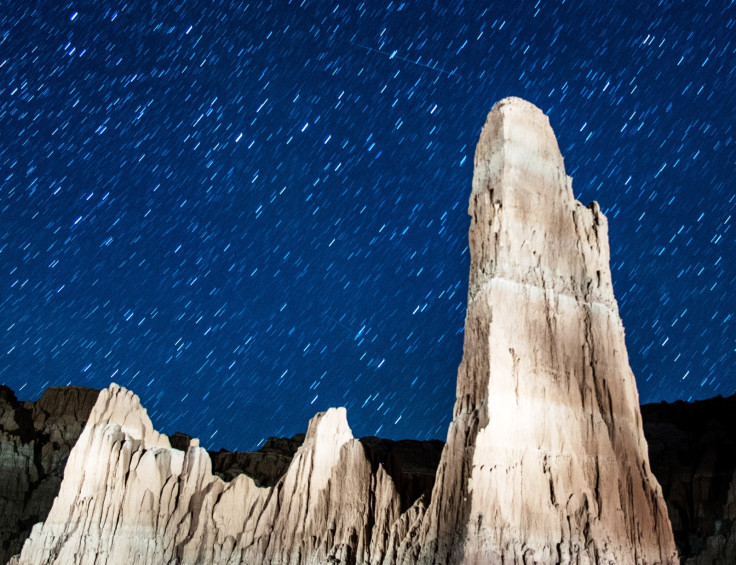Perseid Meteor Shower 2014: Where to Watch Shooting Stars Live Online

The night sky is set to light up with a brilliant display of shooting stars over the coming days, as the Perseid meteor shower makes its annual appearance.
Although the shower has been visible in the northern hemisphere since mid-July, the display will peak between 11 and 13 August. During this time, it will be possible to spot around 100 meteors per hour across a dark sky.
The Slooh Community Telescope will broadcast a live stream of the Perseids for those living in brighter areas where the meteors may be less visible. You can watch it here and it will also be carried live by Space.com courtesy of Slooh.
What are the Perseids?
The Perseids are visible when the Earth passes through debris left behind by Comet 109P/Swift-Tuttle, called the Perseid cloud. The dust particles are ejected as the Halley-type comet - which have orbital periods of between 20 and 200 years - travels its orbit over 133 years, although most of the particles have been part of the cloud for an estimated 1,000 years.
When our planet's upper atmosphere comes into contact with the fast-moving debris, travelling at around 130,000 mph, they burn up and create spectacular streaks of light.
The shower occurs annually and is named after the point at which it is seen to originate, the constellation Perseus.
Nasa's Bill Cooke, of the US space agency's Meteoroid Environment Office, told Nasa Space News: "The Perseids are rich in fireballs as bright as Jupiter or Venus."
"We see more fireballs from Swift-Tuttle than any other parent comet," he added.
How can you spot a shooting star?
According to Universe Today, the best way to identify a true Perseid meteor (as opposed to another shooting star) is to following the trail of the object backwards. Perseids will appear just below the "W" of the Cassiopeia constellation in the northeastern sky, easily recognisable by its five stars.
Earth Sky advises to give yourself an hour in a dark area to watch the night sky with as little light pollution as possible.
"An open sky is essential because these meteors fly across the sky in many different directions and in front of numerous constellations," the website reads.
© Copyright IBTimes 2024. All rights reserved.





